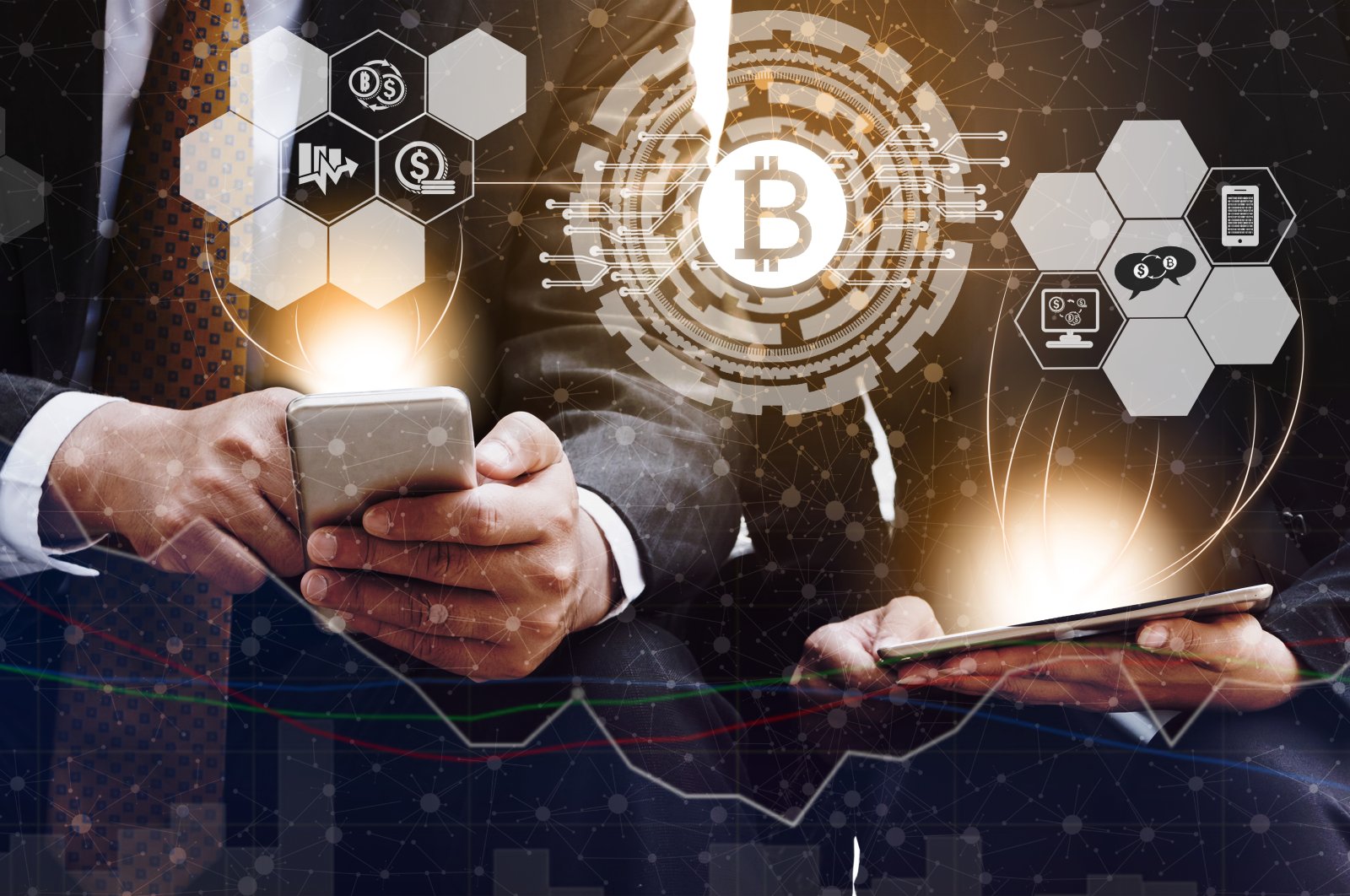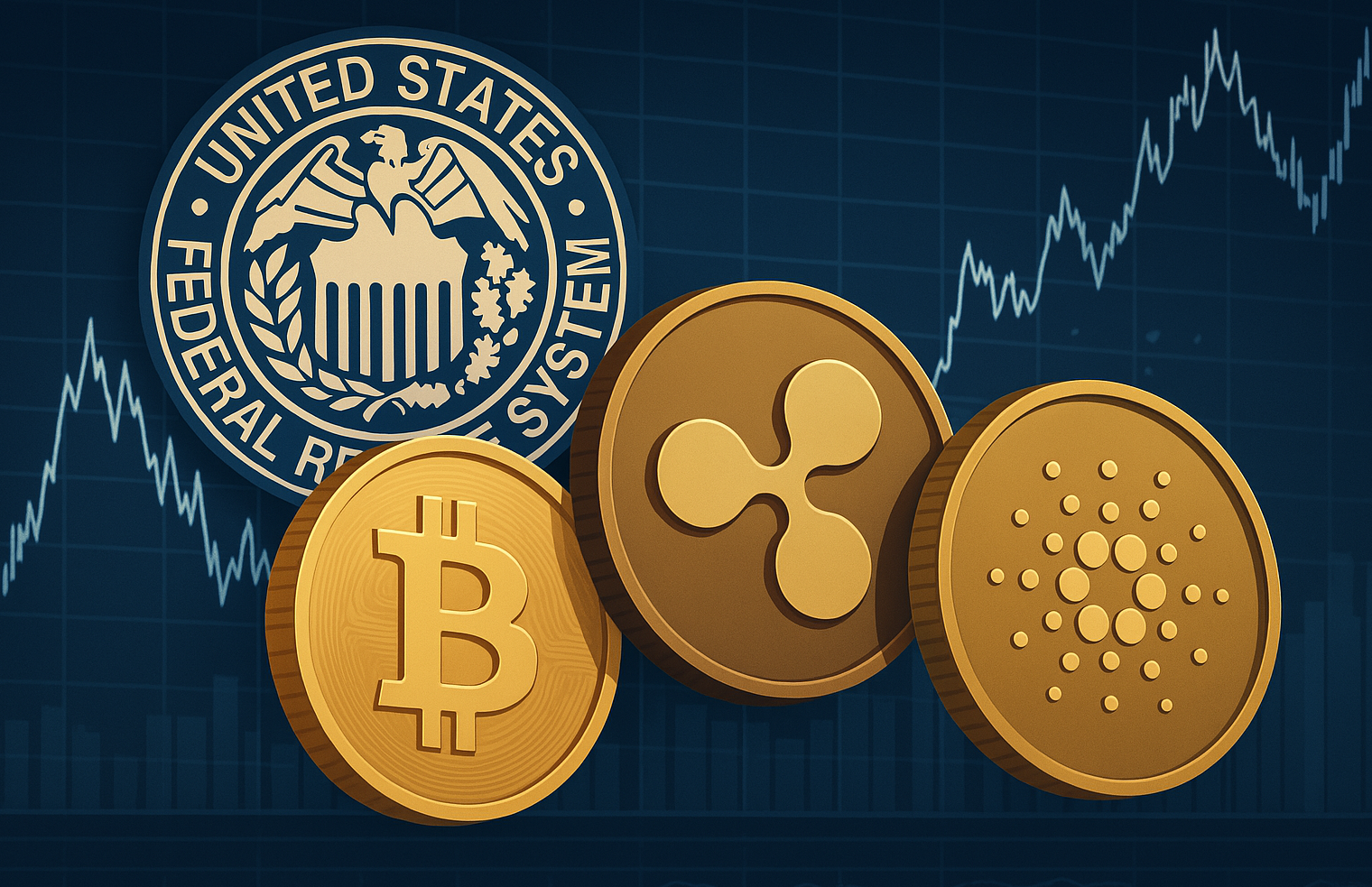Bitcoin mining in 2025 has gone from a little hobby to a major global enterprise that is essential to the Bitcoin network’s operation. As we progress through 2025, mining will keep evolving because of new technologies, new rules, more awareness of the environment, and a changing economy. If you want to learn about cryptocurrencies, you need to know how Bitcoin mining works and what it does. Understanding the process of creating new coins and maintaining the network’s safety and decentralisation is crucial.
Proof-of-Work Mechanism Explained
Proof-of-work (PoW) is a way to reach agreement on the Bitcoin blockchain and verify transactions. This is what Bitcoin mining does. Miners need special computers called ASICs, or Application-Specific Integrated Circuits, to tackle challenging math problems to do this. Every time a miner solves one of these puzzles, a new block is uploaded to the blockchain. The miner gets new Bitcoin and transaction fees as a reward.
The method is meant to use a lot of energy to keep the network safe. It stops any one person from having too much power and makes it difficult to change the blockchain’s history, which stops people from cheating. This concept of decentralisation is fundamental to Bitcoin’s underlying principles.
Next-Generation Mining Hardware Trends
The quality of mining hardware has a direct effect on how well and how much money Bitcoin mining makes. The industry has changed from using CPUs and GPUs to using very efficient ASICs throughout the years. The newest ASIC miners, which will be available in 2025, will be constructed on a 3 nm chip design and will be the most efficient ever, with a measurement of joules per terahash (J/TH). Bitmain’s Antminer S21 and MicroBT’s WhatsMiner M66S+ are setting the norm for the industry by providing hash rates of over 250 TH/s while using less electricity.

With the mining incentives halving every four years, most recently in 2024, these changes hold particular significance. The halving cut the block reward in half, from 6.25 BTC to 3.125 BTC. The reduction had a big effect on miner income. Miners need to keep upgrading their hardware and making their operations more efficient to stay lucrative. Several big companies have switched to immersion cooling and other innovative methods to maximise the efficiency and longevity of their hardware.
Sustainability and Energy Solutions
Bitcoin mining uses a lot of electricity, which has upset both environmental groups and regulators. Bitcoin mining is expected to consume more than 170 TWh of electricity a year by 2025. That’s almost the same amount of energy that some small countries use. The proof-of-work technique is what makes this high energy use happen. Consequently, many mining companies are altering their practices to become more environmentally friendly. More and more miners are moving to places with lots of renewable energy sources, like hydroelectric, solar, wind, and geothermal power.
Some individuals are even utilising flared natural gas, a waste product, to power their mining operations in remote oil areas. Countries like Iceland, Paraguay, and even sections of Canada have become mining centres because they have access to cheap, renewable energy. These changes aren’t only about being more environmentally friendly; they’re also about cutting costs. Lower energy prices make businesses more profitable, especially as block rewards go down and competition increases. 2025 will see the rise of Bitcoin mining.
Global Regulation and Policy Shift
Regulation is becoming more and more crucial in influencing the Bitcoin mining business. Governments all across the world are increasingly thinking about how to deal with the environmental and economic effects of mining. For example, several states in the U.S. have created rules to limit mining because they are worried about noise pollution and energy use. Municipalities and cities are examining zoning regulations and utility usage agreements to determine the locations and operations of mining companies.

In the meantime, other countries are using mining to attract foreign investment and boost their economies. Pakistan just set up its Crypto Council and said it would help state-sponsored mining activities by consuming extra electricity. Oman and the UAE are also putting money into big mining projects that are part of their larger plans for technological growth. The world is a place of differences: some areas are cracking down, while others consider mining as a vital asset. As countries evaluate the pros and cons of economic growth against environmental and energy issues, these trends are likely to continue.
Economic Shifts and Diversification
The halving in 2024 had a big effect on miner profits because it made it harder to create new Bitcoin and put pressure on operational margins. Hashprice, which shows how much hash rate is worth, has gone down. The decrease means that miners who aren’t as efficient have to either shut down or upgrade their equipment. Those that are still in business are using diversification techniques, such as renting out their infrastructure for AI and data processing activities or offering cloud computing services. Bitcoin mining 2025
Big mergers like CoreWeave’s purchase of Core Scientific demonstrate this change. These acquisitions are part of a larger trend of Bitcoin mining and high-performance computers coming together. You can now leverage the same infrastructure that was used to mine Bitcoin to handle AI workloads, machine learning models, and processing enormous amounts of data. This dual-use strategy not only increases the possibilities for making money, but it also helps explain to the public and regulators why mining uses so much energy.
Final thoughts
In the future, Bitcoin mining will likely become even more connected to the rest of the technology ecosystem. Hardware will keep getting better, and 2 nm chips will probably be available in the next several years. Mining will be more sustainable and cost-effective with better cooling, smarter load balancing, and hybrid systems. Decentralisation is also coming back. New mining pools, such as OCEAN, are supported by Twitter co-founder Jack Dorsey. Bitcoin Core engineer Luke Dashjr. Twitter co-founder Jack Dorsey and Bitcoin Core engineer Luke Dashjr provide miners with more flexibility over the transactions they choose, which lowers the risk of centralisation . Regular mining pools carry risks of centralisation. As the network expands, its importance increases. Bitcoin mining is likely to become increasingly important, not only for maintaining. The digital economy relies on the security of the blockchain and its overall infrastructure for support.

